This post contains affiliate links, please read our disclosure policy.
A beginners guide to Cricut materials. Learn about Cricut materials such as vinyl, iron-on and infusible ink and their uses.
This post is sponsored by Cricut but all opinions are my own. This post contains affiliate links.
Today I am going to demystify the most commonly used Cricut materials. Learn what the difference is between Cricut materials and their uses. While your Cricut machines may come with a manual sometimes it can take some research to figure out what materials are right for your project.
Want to learn more about each Cricut machine to determine which one is right for you? Check out this post before you buy.
Have a Cricut but don’t like designing?
Join the monthly SVG club and get cut files delivered to your inbox along with a monthly live craft night in the exclusive Facebook group. Learn more about it here.
Most common materials to use with your Cricut
When I first got my Cricut it was mostly to cut paper for card making and scrapbooking. Once I started to expand into crafting other materials my craft projects were taken to the next level. I started using vinyl to make signs and iron-on to customize shirts and tote bags.
Most commonly used Cricut materials
These materials can all be cut on the Cricut Maker, Explore Air 2 and Joy. Want to learn more specifically about Cricut Maker and the materials it can cut? Check out this post.
Difference between Vinyl and iron-on vinyl.
The main difference is the vinyl adheres to hard surfaces without heat it uses adhesive. Iron-on vinyl also called HTV (heat transfer vinyl) when heated to a certain temperature will adhere to different fabric and materials. This is ofter used to customize clothing.
Types of Adhesive Vinyl
There are two main types of vinyl for your Cricut. Permanent and removable vinyl. Permanent vinyl is just as it sounds. Vinyl that you want to adhere permanently to your project. More than often I use permanent vinyl. Removable vinyl can be removed easily without leaving a residue. Typically you will see this used for wall decals.
Types of permanent vinyl projects
- Mug or glass decals
- Signs
- Labels
- Car or computer decals
- Anything outdoors
Types of removable vinyl projects
- Wall decals
- Stencils
- Nail decals
Types of Cricut Vinyl
- Permanent Vinyl– Permanent adhesive lasts up to 3 years.
- Removable Vinyl– Ideal for making easily removable decals, labels, window decor, and more.
- Holographic Vinyl– Permanent and removable vinyl. Usually multi-colored and shimmering material.
- Stencil Vinyl– Vinyl specifically made for creating stencils. Adhesive backing helps prevent stencil shifting or color bleed around the edges.
- Glitter Vinyl– Removable vinyl easily make glitter decals, labels, and other DIY projects.
- Printable Vinyl– Removable vinyl often used for stickers and decals use with inkjet printers and the print then cut feature.
- Patterned Vinyl– Removable vinyl with a pattern printed on it. Cricut also has some great licensed designs from Disney.
- Adhesive Foil– Removable vinyl with a metallic foil that adds high shine.
- Smart Vinyl– Vinyl to use exclusively with the Cricut Joy.
Now that you understand the types of vinyl let’s talk about how to transfer that vinyl on to your project. You will need to use transfer tape. Transfer tape is designed to transfer vinyl cuts to a variety of surfaces with ease.
Iron-On Vinyl
Is a specialty vinyl that adheres to fabric. Iron-on vinyl has a heat activated adhesive that when you use an iron, EasyPress or heat press it will permanently adhere the design to the material. It is used mostly for making custom decals for t-shirts, tote bags, pillows, hats and much more.
Types of Iron-on vinyl
- Everyday Iron–on– Most commonly used and can used on most materials including wood.
- SportsFlex Iron-on– Use on active wear fabrics like polyester and nylon.
- Patterned Iron-on– Iron-on vinyl with a pattern printed onto the vinyl. Cricut has some great licensed designs from Disney.
- Glitter Iron-on– Similar to everyday iron-on with the addition of a glitter.
- Foil Iron-on– Iron-on with a metallic shine.
- Holographic Iron-on– Lustrous and multicolored.
- Smart Iron-On– Iron-on vinyl to use exclusively with the Cricut Joy.
If you going to be crafting with Iron-on a lot I suggest buying an Eas yPress which is Cricut’s version of a heat press. To learn about which EasyPress is right for you check out this guide here.
Infusible Ink
Infusible Ink is an ink transfer material in the form of a transfer sheet or pen that is permanently infused into your base material. Once heated the dry ink will infuse into the fibers of your material. Unlike iron-on vinyl it does not sit above the surface which means no flaking, no peeling, no cracking, and no wrinkling.
Types of Infusible Ink
- Infusible Ink Transfers– pre-inked sheets available in an array of solid colors & patterns.
- Infusible Ink Pens– Illustrate original artwork with a variety of colors and line weights to transfer onto blanks.
- Infusible Ink Mug Transfers– To be used with the Cricut Mug Press. Ready-to-cut sheets in fun patterns
What Cricut blanks are available for Infusible ink?
- Women’s Blank V-Neck T-Shirt
- Blank Crew Neck Men’s T-Shirt
- White Blank Youth Crew Neck T-Shirt
- Baby Bodysuit
- Large Tote Bag
- Medium Tote Bag
- Round Coaster
- Square Coaster
- Pillow Covers
- Cosmetic Bags
- Ceramic Mugs
Please not to use infusible ink you will need a Cricut EasyPress or a heat press.
Difference between iron-on and Infusible Ink
Infusible Ink unlike an iron-on transfer or vinyl, where artwork attaches to the top of material using adhesive, Infusible Ink heat transfer becomes one with the material itself. This process is similar to sublimation.

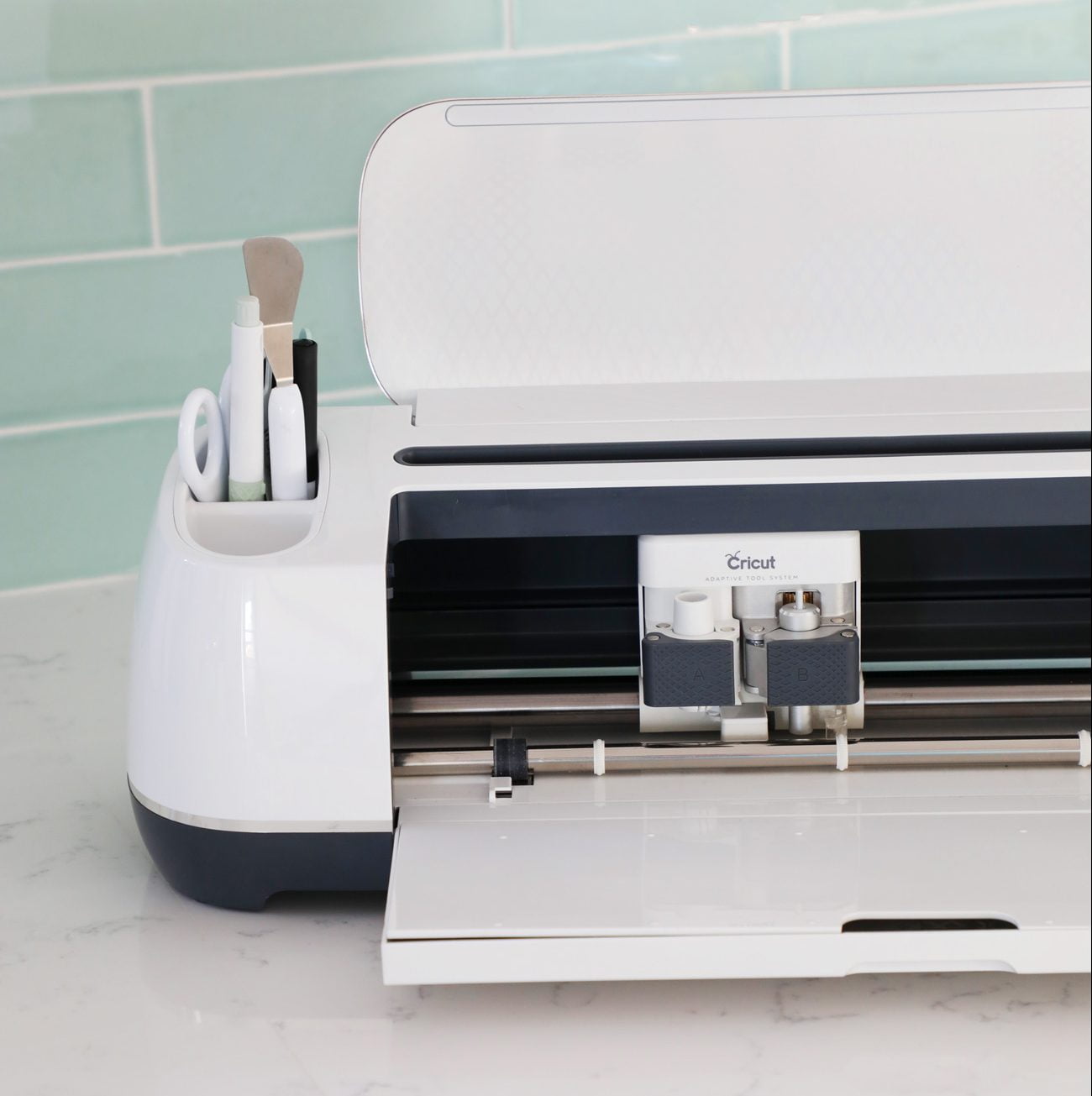


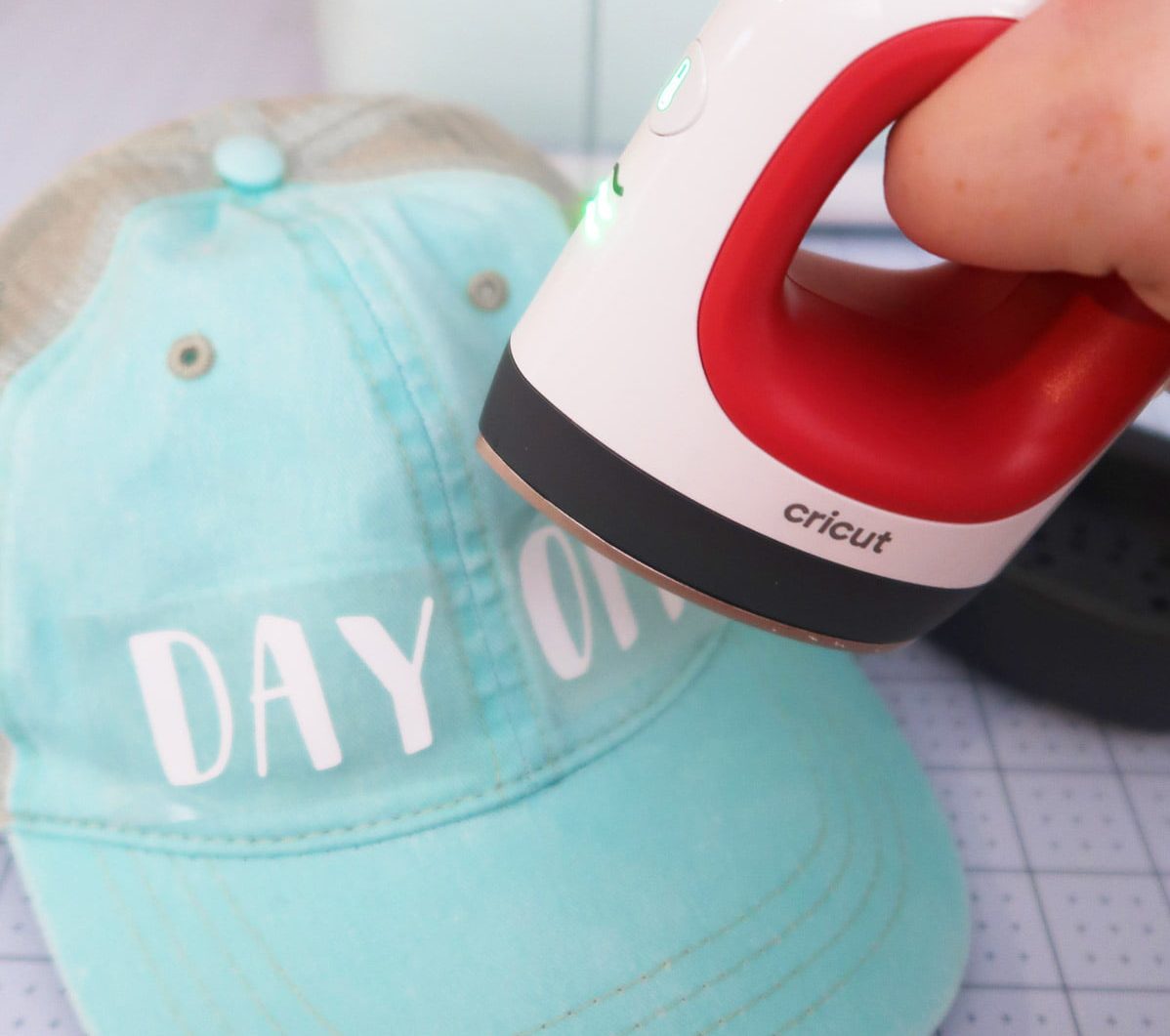


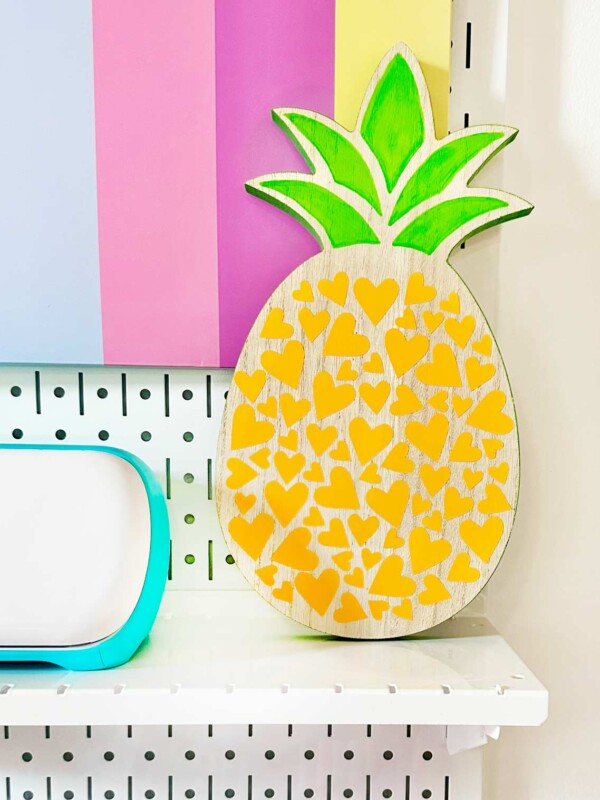
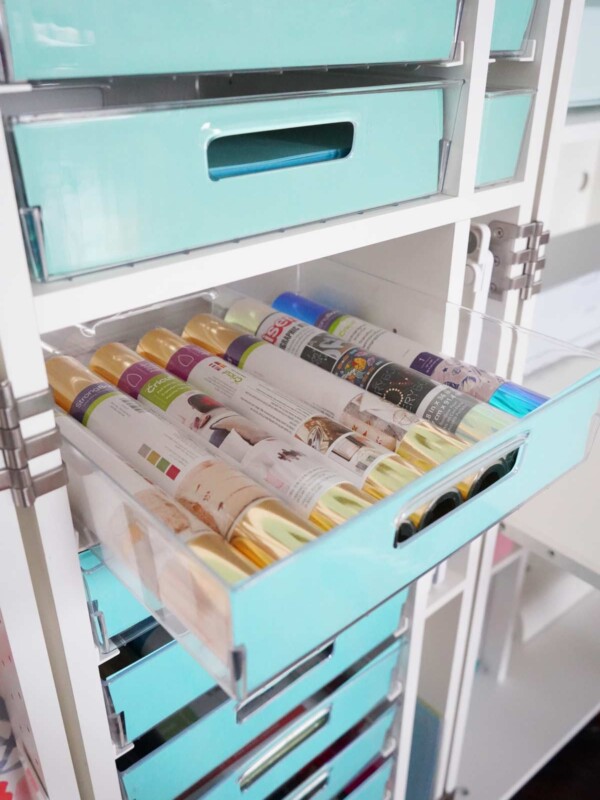


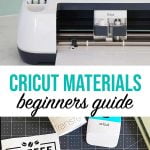







Thank you so much for this!! It really helps!! I’ve been using removable vinyl for everything – I’m going to stock up on permanent vinyl now:)
I am so glad this helped you! All the different types of materials can be so confusing!